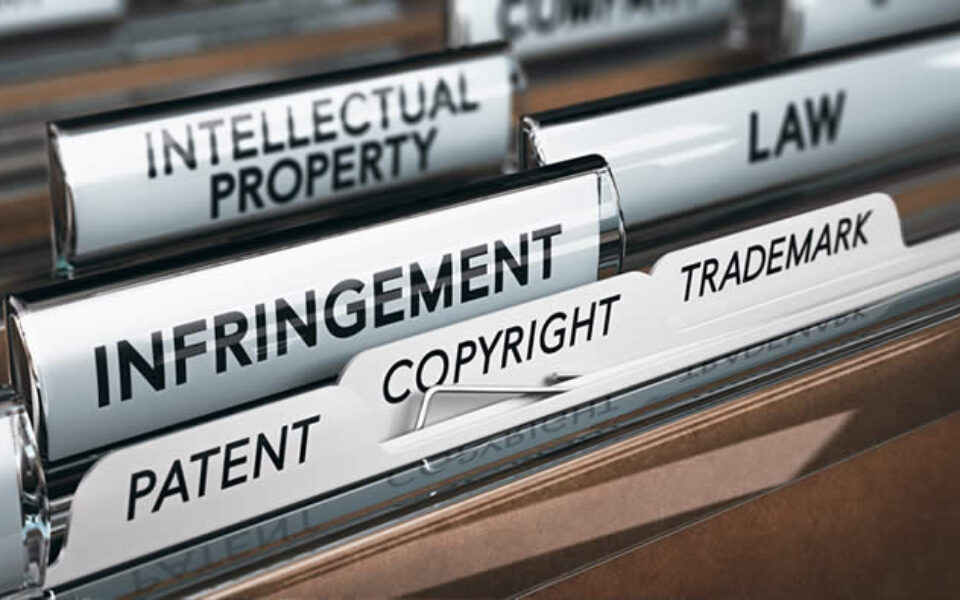TC Heartland’s Impact on the Geographic Landscape of Patent Litigation
By Meredith Cartier Angjeli, CPA, CFE, Director, Advisory Services
Traditionally, the decision about where to file a patent infringement suit was an opportunity for the plaintiff to establish a strategic advantage; but the Supreme Court’s May 2017 decision in TC Heartland v. Kraft Foods Group Brands has limited plaintiffs’ opportunity to establish home court advantage.
Venue for patent infringement cases is governed by 28 U.S.C. § 1400(b), which states that patent infringement suits can be brought in the judicial district (1) where the defendant resides; or (2) where the defendant has committed acts of infringement and has a regular and established place of business. Historically, the courts accepted a broad interpretation of the meaning of the word “reside” and effectively allowed plaintiffs to file suit anywhere in the U.S., with many plaintiffs flocking to districts with a reputation for being plaintiff-friendly. As a result, the Eastern District of Texas, with a reputation for knowledgeable judges, established procedures, and property rights-oriented jurors, was once the behemoth of patent infringement disputes.
However, TC Heartland changed the landscape, requiring cases to be filed where the defendant is incorporated or has a regular and established place of business. Though the new guidance is narrower than the historical interpretation, many businesses have physical outlets across the country, and thus, the opportunity for venue shopping may still exist. However, the TC Heartland decision may persuade patentees to file suit in a jurisdiction which conforms to TC Heartland guidance, in hopes of avoiding a lengthy venue fight and related costs.
Since the Supreme Court’s decision, the Eastern District of Texas has experienced a steady decline in the number of patent cases filed within its borders. In 2016 (pre-decision), 1,665 patent cases were filed in the Eastern District of Texas. By comparison, only 505 cases were filed in the district in 2018 (just 30% of the 2016 case volume).
Given the high court’s ruling and the volume of companies incorporated in Delaware, it is no surprise that the District of Delaware has become the new top venue for patent litigation, capturing nearly 25% of all new patent case filings in 2018. However, Delaware will have its own unique challenges. It is likely Delaware judges will handle multiple patent cases at any point in time, resulting in experienced judges, but perhaps less enthusiasm s compared to judges handling one patent case at a time. Additionally, time to trial will likely increase.
There has been a decline in the total number of patent cases filed nationwide –5,080 in 2016 v. 3,493 cases in 2018 (a drop of approximately 70%). Many hypothesize this decline is due in part to the TC Heartland ruling, which contributed to the perception that courts are becoming less plaintiff-friendly. However, U.S. District Judge Alan Albright of the Western District of Texas, who was sworn in in September 2018, is making it known that he is willing and able to hear patent infringement disputes. Judge Albright’s interest in patent litigation disputes, along with his prior patent litigation experience, are likely to appeal to plaintiffs. Additionally, the location of the Western District of Texas, which encompasses Austin (a growing technology market), San Antonio, and El Paso, may satisfy the “regular and established place of business” requirement.
It is clear that the geographic landscape of patent litigation is changing – but it is unclear if one court will become the new behemoth, or if cases will become more evenly distributed. Additionally, it is unclear how changes in geography will impact the economics of patent litigation.
Sources
TC Heartland v. Kraft Foods Group Brands, No. 16–341 (2017)
Performance & Accountability Report (USPTO) and Judicial Facts and Figures (US Courts)



















